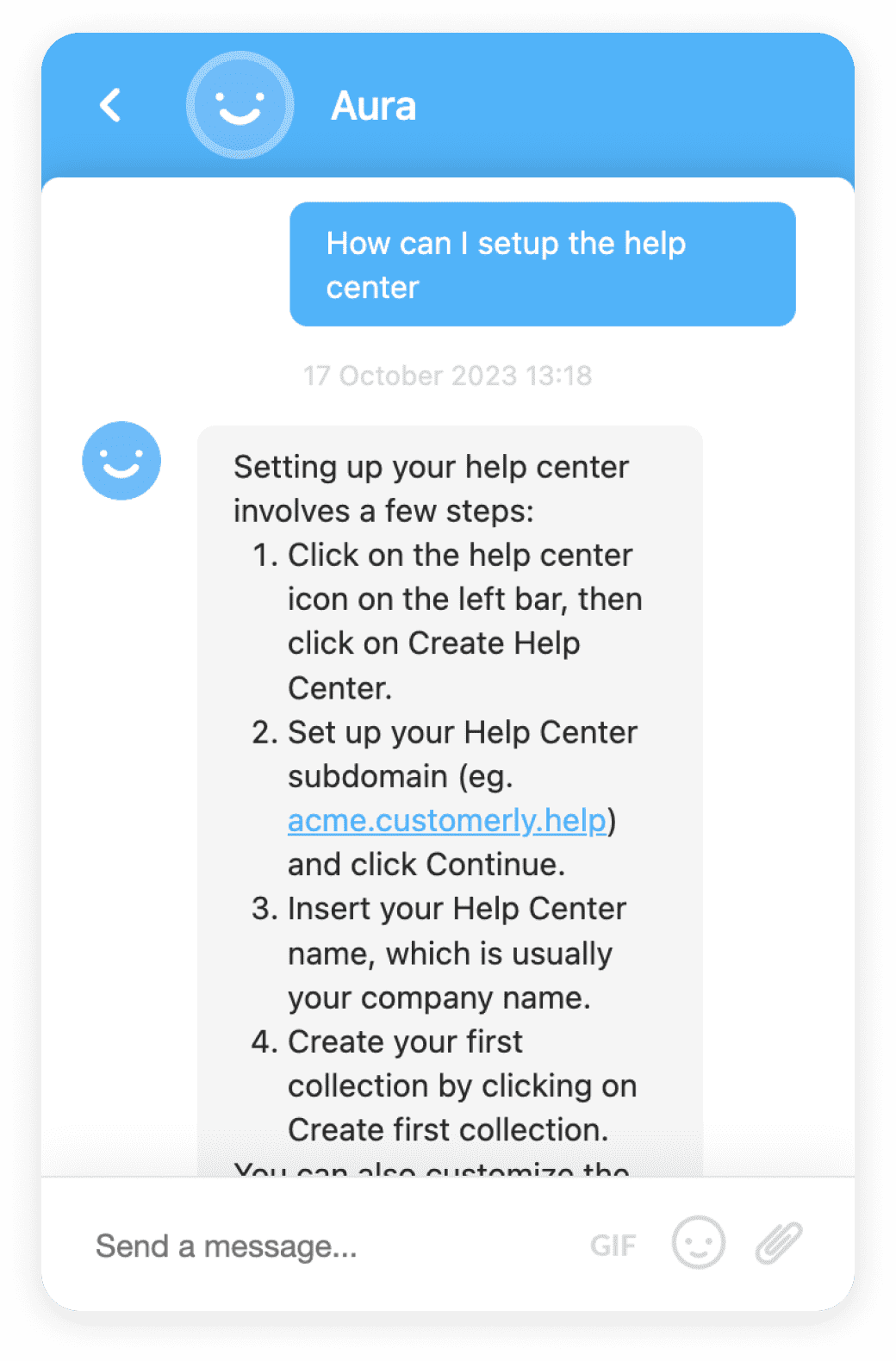Cart Abandonment
Cart abandonment refers to the phenomenon where online shoppers add items to their cart but exit without completing the purchase.
Definition
Cart abandonment is a term used in e-commerce to describe a visitor on a web page who leaves that page before completing the desired action. Examples of abandonment include shopping cart abandonment, referring to visitors who add items to their online shopping cart, but exit without completing the purchase.
Usage and Context
In the context of online shopping, cart abandonment is a serious issue that impacts the overall revenue of the business. It's a lost opportunity where a potential customer was interested enough to choose an item but didn't follow through with the purchase. The reasons for cart abandonment can vary widely, from unexpected shipping costs, complicated checkout processes, to website errors and more. Analyzing and understanding cart abandonment can help businesses identify potential issues in their sales funnel and work towards improving the overall user experience.
FAQ
What are some strategies to reduce cart abandonment?
Improving the overall user experience, offering free shipping, ensuring transparent pricing, and streamlining the checkout process are some strategies that can help reduce cart abandonment.
Can cart abandonment be completely eliminated?
While it's unlikely to completely eliminate cart abandonment, businesses can significantly reduce it by continuously improving the online shopping experience.
Related Software
There are several software tools available that can help businesses track and analyze cart abandonment. These include Google Analytics, Hotjar, and Crazy Egg among others.
Benefits
Understanding cart abandonment can help businesses identify bottlenecks in their sales process. By addressing these issues, businesses can improve their conversion rates, increase revenue, and enhance customer satisfaction.
Conclusion
In conclusion, cart abandonment is a critical metric for any e-commerce business. By understanding the reasons behind cart abandonment and implementing strategies to mitigate it, businesses can significantly improve their bottom line.
Related Terms
CRO (Conversion Rate Optimization)
CRO (Conversion Rate Optimization) is a systematic process that increases the percentage of website visitors who complete a desired action, thus improving a website's effectiveness.Conversion Rate
Conversion Rate is a key metric in digital marketing, measuring the percentage of website visitors who take a desired action.Conversion Rate Optimization
Conversion Rate Optimization (CRO) is the process of increasing the percentage of website visitors who complete a desired action. Learn more about CRO.E-commerce
E-commerce refers to the buying and selling of goods or services using the internet. It includes the transfer of money and data to facilitate these transactions.E-commerce Automation Specialist
An E-commerce Automation Specialist is a professional who uses technology to automate repetitive tasks within an e-commerce business, boosting efficiency and profitability.E-commerce Marketing Analyst
An E-commerce Marketing Analyst is a professional who analyzes data to enhance a company's e-commerce performance.E-commerce Marketing Manager
An E-commerce Marketing Manager is a professional who manages the online marketing strategies of a business, enhancing its brand awareness, driving traffic, and acquiring leads.E-commerce Marketing Specialist
An E-commerce Marketing Specialist is a professional who uses digital marketing strategies to increase online sales.E-commerce Marketing Strategist
An E-commerce Marketing Strategist is a professional who develops marketing strategies to promote an online business or e-commerce platform.Sales Funnel
A sales funnel is a model that illustrates the journey of a customer towards the purchase of a product or service.Sales Funnel Integration
Sales Funnel Integration is the process of combining and optimizing marketing and sales strategies to guide leads to becoming loyal customers.UI/UX (User Interface/User Experience)
Discover the meaning of UI/UX, its usage and context, related software, benefits, and more. Understand why good UI/UX design is crucial for digital products.UX (User Experience)
User Experience (UX) refers to the overall experience a user has when interacting with a website, application or product, especially in terms of how easy or pleasing it is to use.Upsell Conversion Rate
Upsell Conversion Rate is a KPI that measures the effectiveness of upselling strategies. It's used to increase average order value and boost revenue.User Experience (UX)
User Experience (UX) refers to the overall experience a user has while interacting with a product, system, or service. It aims to fulfill user needs effectively.User Experience Feedback
User Experience Feedback is the insights obtained from users about their experiences with a product or service. It's crucial for improving usability and user satisfaction.User Experience Optimization
User Experience Optimization (UXO) is the process of improving the interaction between users and a product, service, or website.











